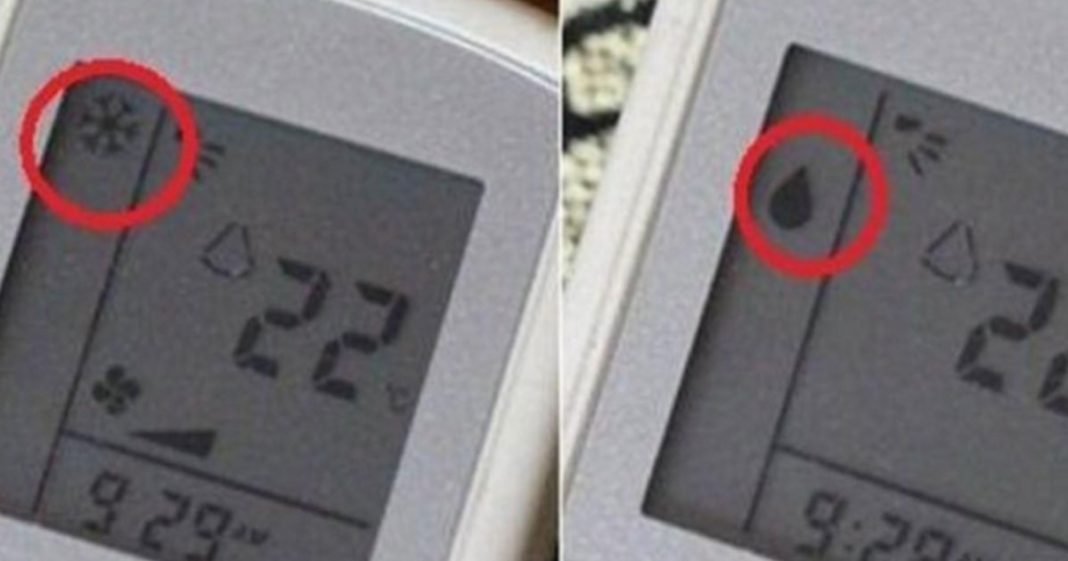Maximizing Air Conditioner Efficiency This Summer
As summer approaches and temperatures rise, households often brace themselves for the inevitable spike in electric bills due to increased reliance on air conditioning. The air conditioner is essential for maintaining comfort during sweltering days, but it’s also crucial to consider its impact on both finances and the environment. Managing energy consumption effectively can help mitigate costs while also reducing the environmental footprint associated with air conditioning. In this article, we will explore various strategies to maximize air conditioning efficiency, ensuring your home remains a cool haven without breaking the bank.
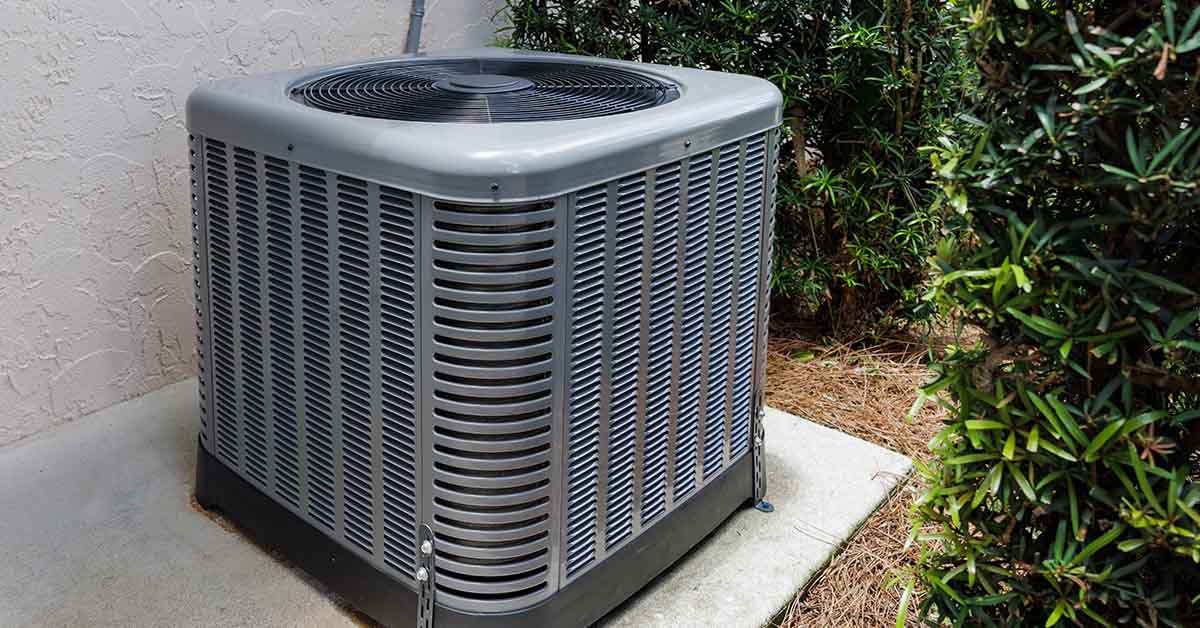
The Double-Edged Sword of Air Conditioning
On one hand, air conditioners provide invaluable relief from high temperatures, safeguarding our health and well-being. During extreme heat, they help prevent heat-related illnesses, which can be particularly dangerous for vulnerable groups such as the elderly, children, and those with pre-existing health conditions. However, air conditioning units significantly contribute to the overall demand for electricity, which is often produced from fossil fuels. This reliance exacerbates the issues surrounding climate change, leading to more frequent and severe heatwaves. Climate scientists warn that as global temperatures continue to rise, the demand for air conditioning is likely to increase correspondingly, creating a vicious cycle of energy use and environmental degradation. The challenge, then, lies in finding a balance between comfort and sustainability.

Essential Maintenance for Optimal Performance
To ensure that your air conditioning system operates efficiently, regular maintenance is a must. One effective step is to clean or replace filters regularly, as clogged filters can impede airflow and force the system to work harder than necessary. Depending on the usage, filters should ideally be checked monthly and replaced every three months. Additionally, cleaning all the vents and ducts can prevent blockages that disrupt airflow. While some homeowners may choose to handle this on their own, hiring a professional service for a thorough cleaning and inspection can be incredibly beneficial. Professionals are equipped to identify issues like poor airflow or faulty components that, if left unaddressed, can lead to costly repairs and increased energy consumption. Regular maintenance not only boosts efficiency but also extends the lifespan of your air conditioning unit.
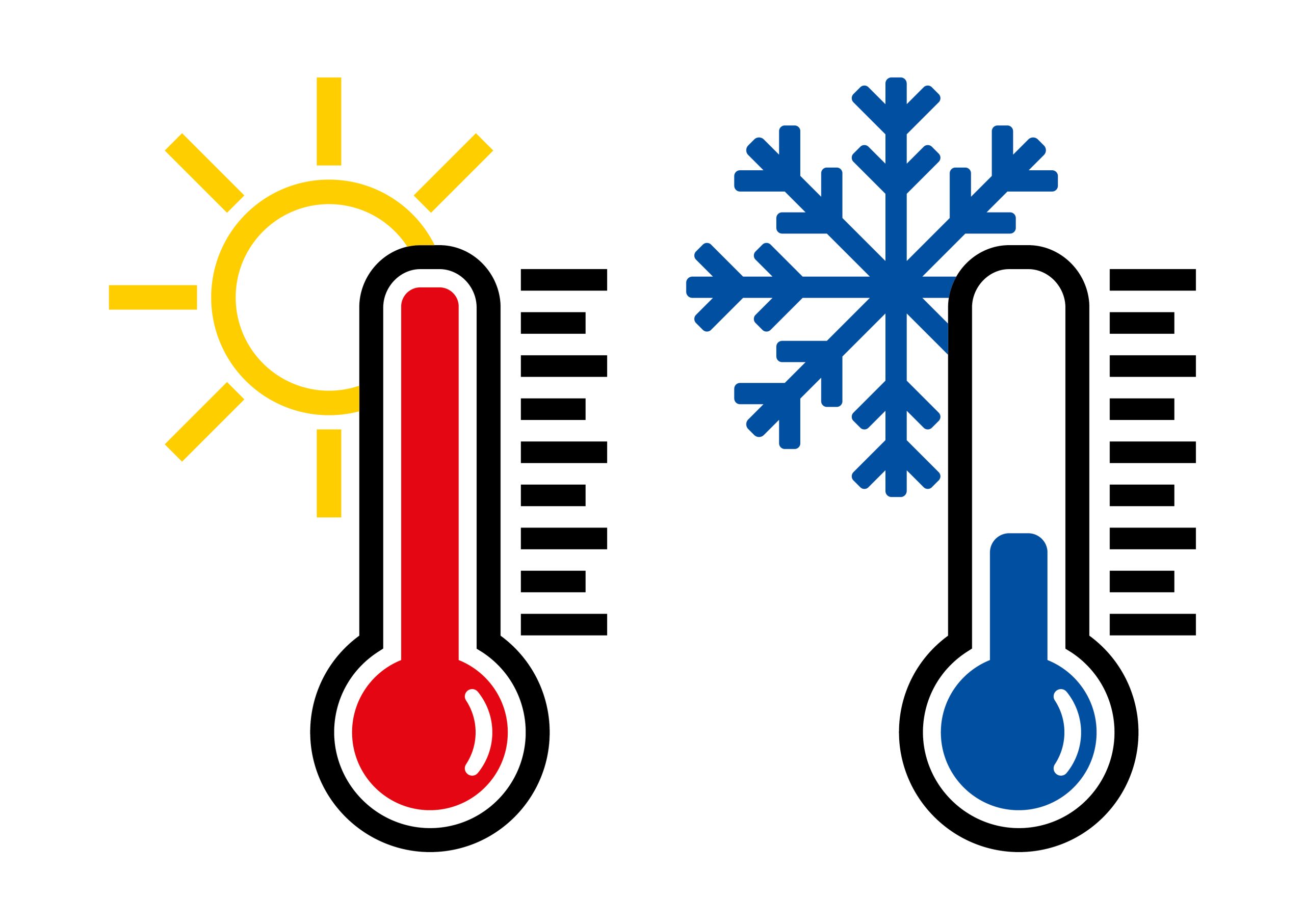
Temperature Management: Finding the Perfect Balance
It’s tempting to crank the thermostat down to an uncomfortably low setting during the hottest parts of the day. However, this practice is not only wasteful but can also lead to higher energy bills. Instead, aim for a comfortable yet energy-efficient temperature, ideally around 70 degrees Fahrenheit. This modest adjustment can reduce energy consumption by approximately 20%, making a significant difference in your electricity bill. Furthermore, maintaining a consistent temperature throughout the day prevents the air conditioner from overworking and prolongs its lifespan. To further enhance comfort, consider using programmable thermostats that can automatically adjust the temperature when you are at home or away. For example, setting the thermostat a few degrees higher while you’re at work can save energy without sacrificing comfort on your return.
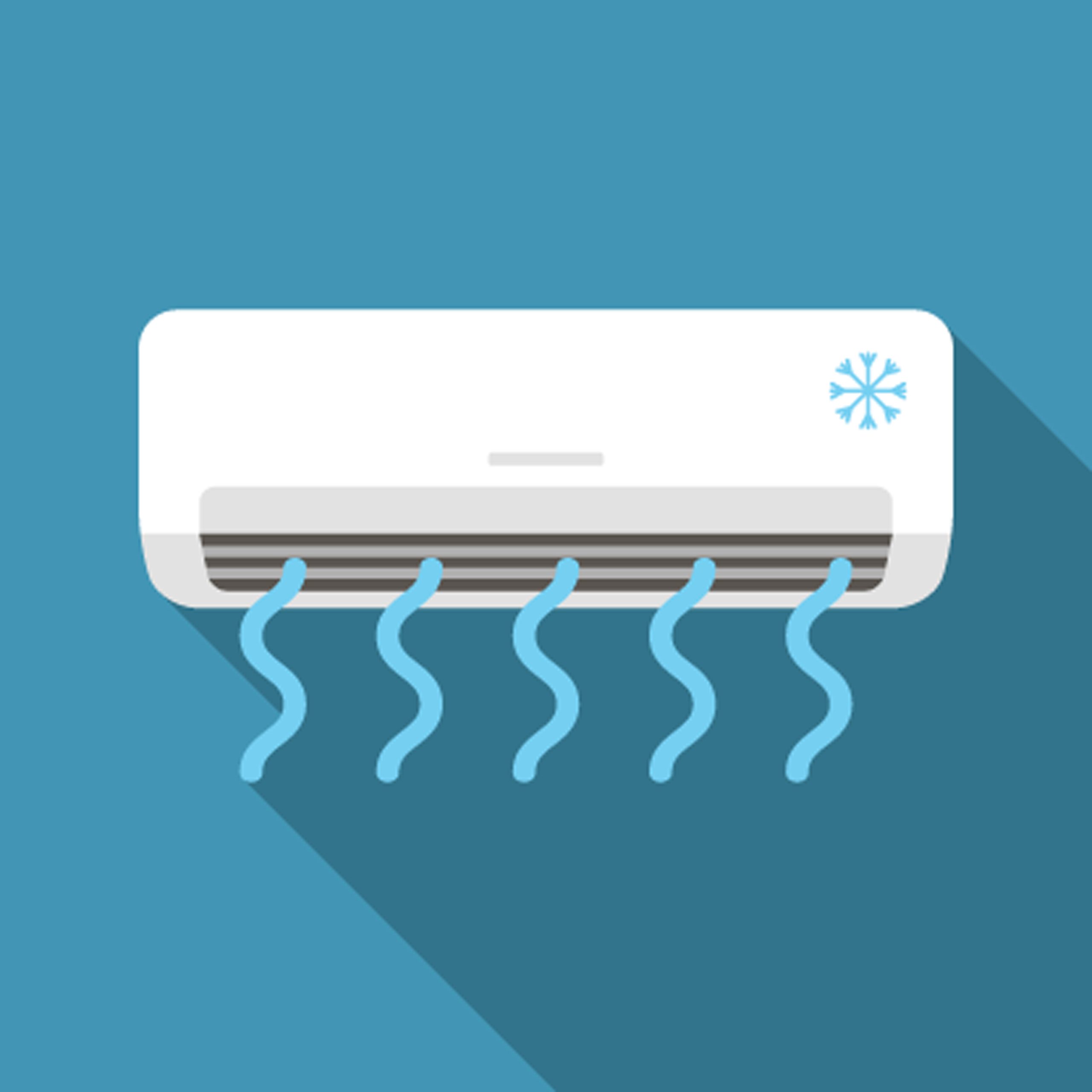
Utilizing Natural Cooling Methods
During the cooler evenings of summer, consider turning off the air conditioner and opening windows to allow fresh air to flow through your home. This practice not only enhances ventilation but also reduces reliance on mechanical cooling. Additionally, when leaving the house, turning off the air conditioner can provide it with a necessary break, preventing undue strain. For those residing in arid regions or areas experiencing extreme heat, setting the thermostat to a higher temperature while away can help maintain a baseline of comfort without excessive energy use. Moreover, strategic use of shades and curtains can keep your home cooler during the day. Blackout curtains, for example, can block out the sun’s heat and prevent it from raising the indoor temperature.

Creative Alternatives to Air Conditioning
Rather than relying solely on air conditioning during the peak heat of the day, consider taking advantage of local water bodies or community pools for a refreshing escape. Engaging in outdoor activities during the afternoon can provide a welcome break from the heat and foster quality family time. For instance, planning trips to lakes, rivers, or beach areas allows for both exercise and relaxation while naturally cooling off. When you return home after a day of fun, closing windows and blinds will effectively keep the heat out, allowing your home to remain cooler for longer periods. This practice, combined with the use of ceiling fans, can ensure that air circulates effectively without overburdening the air conditioning system. Ceiling fans, when used in conjunction with air conditioning, can help distribute cool air more evenly, allowing you to set your thermostat a few degrees higher than usual.
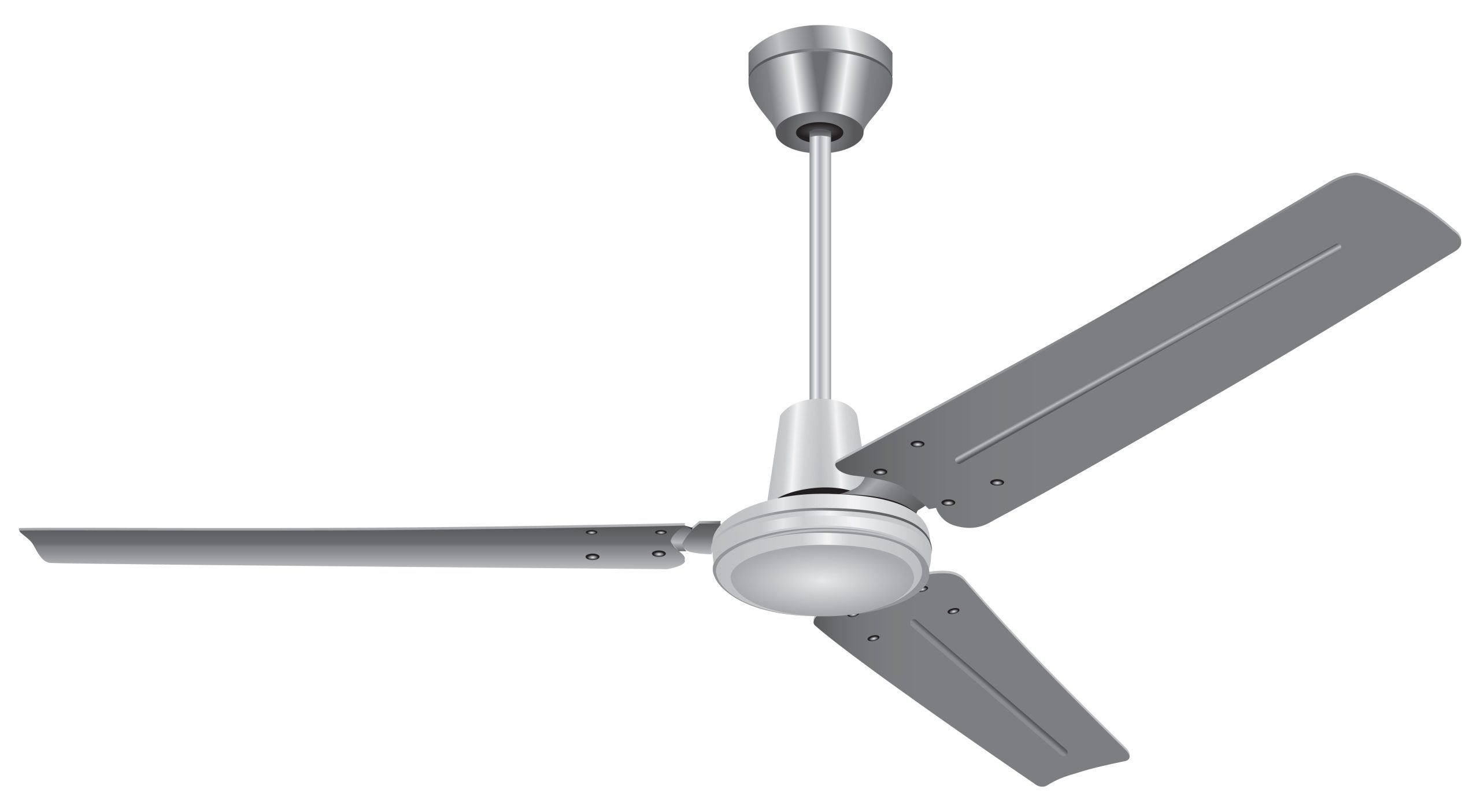
Smart Cooking Strategies to Beat the Heat
Another aspect of summer living is the heat generated by cooking, which can make your home feel warmer than it already is. To minimize this impact, consider planning meals around the use of small appliances like slow cookers or microwaves, which produce significantly less heat compared to traditional ovens. For example, preparing a hearty soup in a slow cooker can keep your kitchen temperature down while providing a delicious meal. Alternatively, try to prepare larger meals early in the day and utilize leftovers for dinner, thereby reducing overall cooking time during the hottest parts of the day. Emphasizing cold meals, such as salads or sandwiches, can also keep your kitchen cooler and reduce the need for energy-intensive cooking methods. Planning meals that require minimal cooking can be both refreshing and energy-efficient during the scorching summer months.
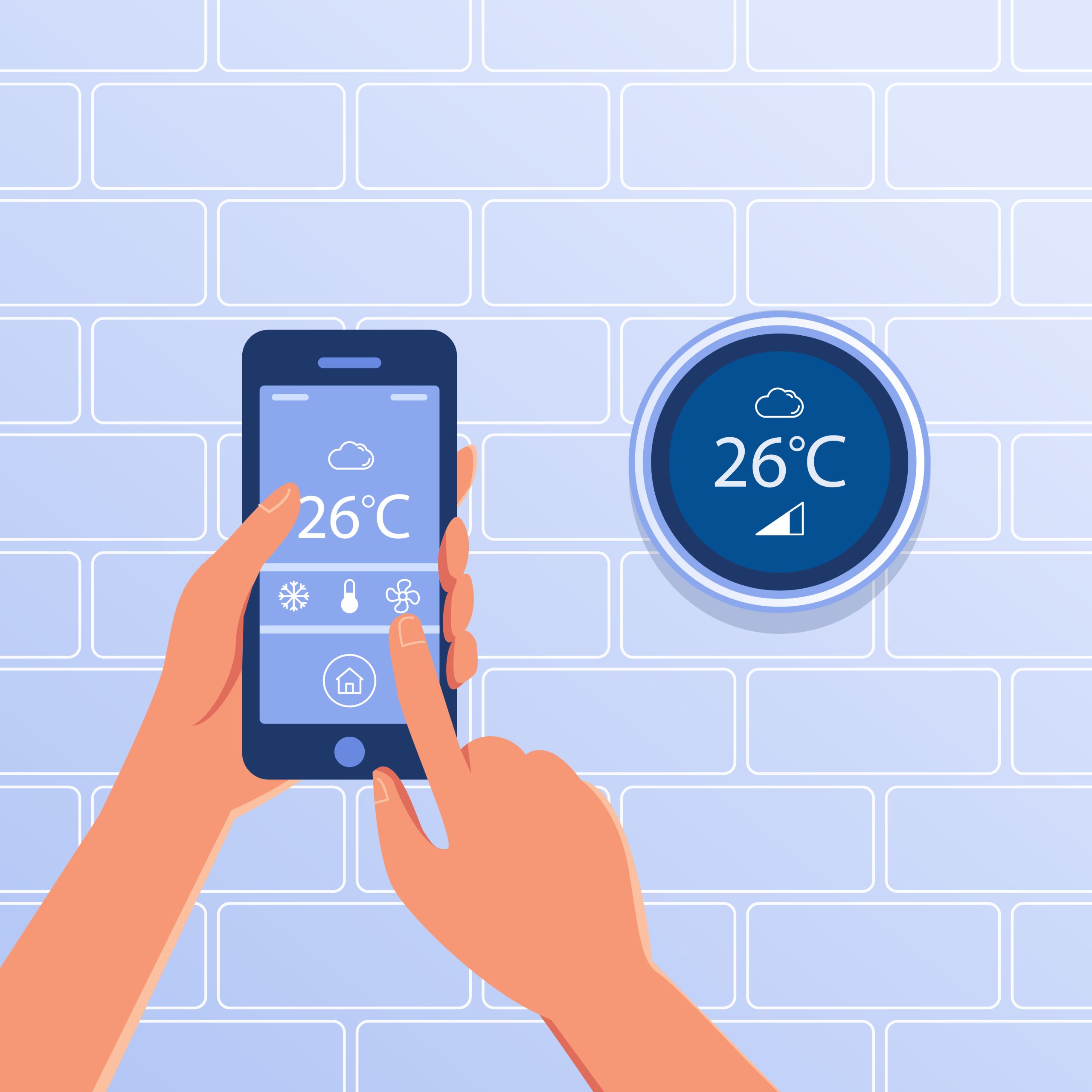
Investing in Energy Efficiency
While the initial cost of a smart thermostat might be higher, it can lead to substantial energy savings over time. Smart thermostats offer programmable features that allow users to tailor their cooling schedules based on their routines. This means the air conditioner can be set to operate less frequently when the house is unoccupied, significantly lowering energy consumption. Additionally, ensuring that your home is well-insulated can play a vital role in maintaining a comfortable indoor climate. Simple steps such as sealing cracks around windows and doors and using weatherstripping can prevent air leaks, enhancing your air conditioner’s efficiency. Investing in energy-efficient appliances, whether it’s a new air conditioner or LED lighting, can further contribute to long-term savings and a reduced carbon footprint.
Conclusion: A Balanced Approach
As the summer heat intensifies, finding ways to keep your home comfortable while being mindful of energy consumption is essential. Through regular maintenance, mindful temperature management, and the adoption of alternative cooling strategies, homeowners can enjoy the benefits of air conditioning without contributing excessively to environmental degradation or their electric bills. Embracing these practices not only enhances personal comfort but also supports broader efforts toward sustainability and energy efficiency. Ultimately, a balanced approach to air conditioning this summer can lead to a more enjoyable living environment and a positive impact on our planet for generations to come.

